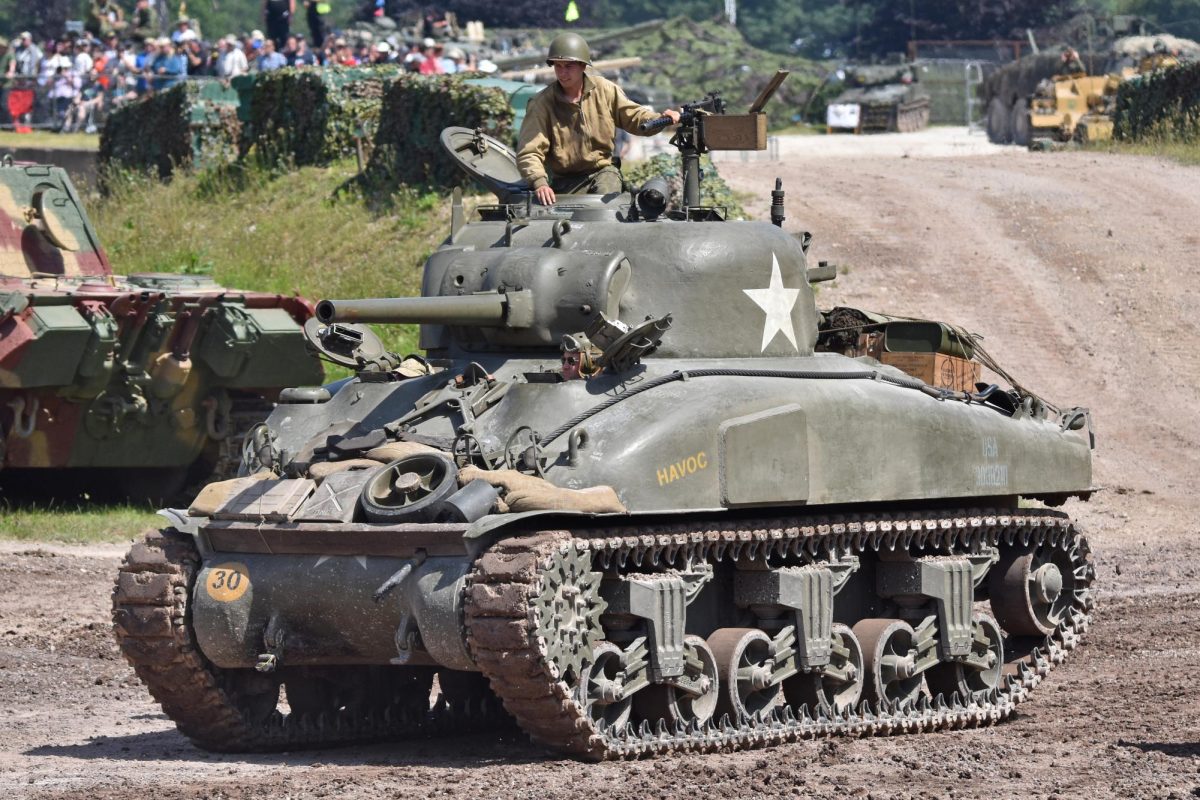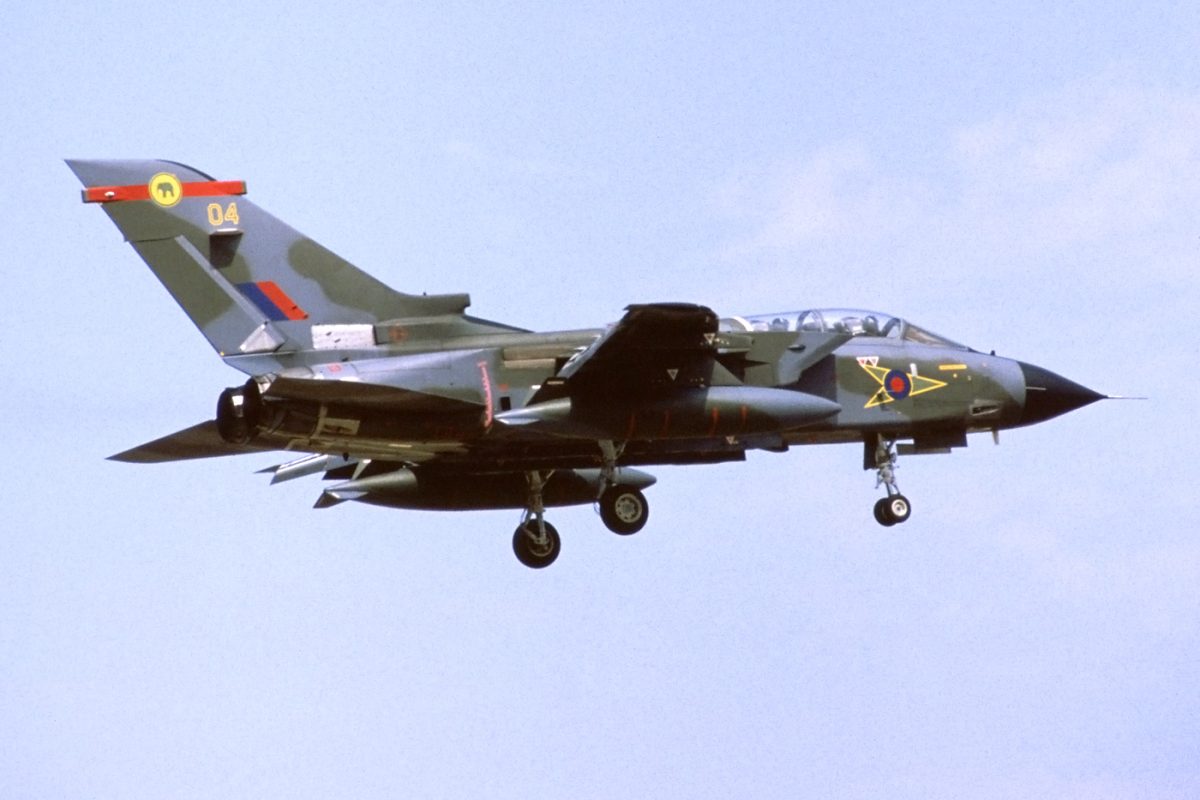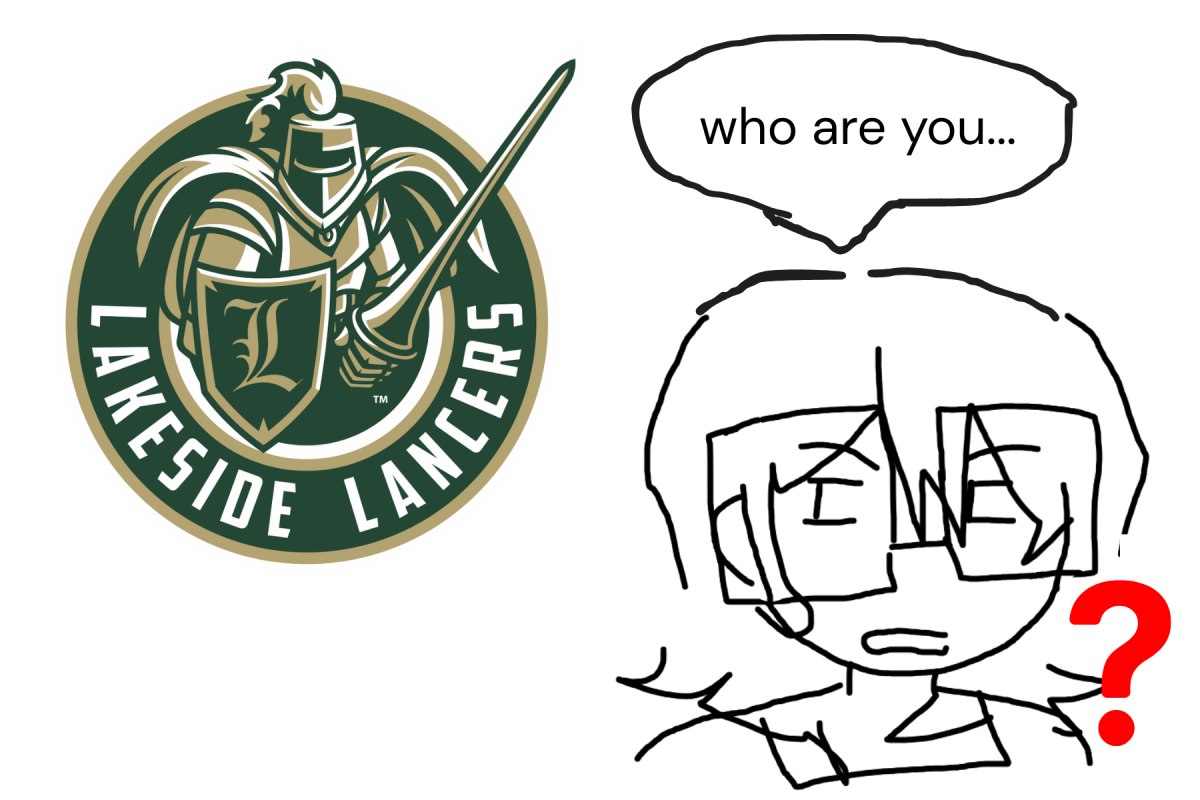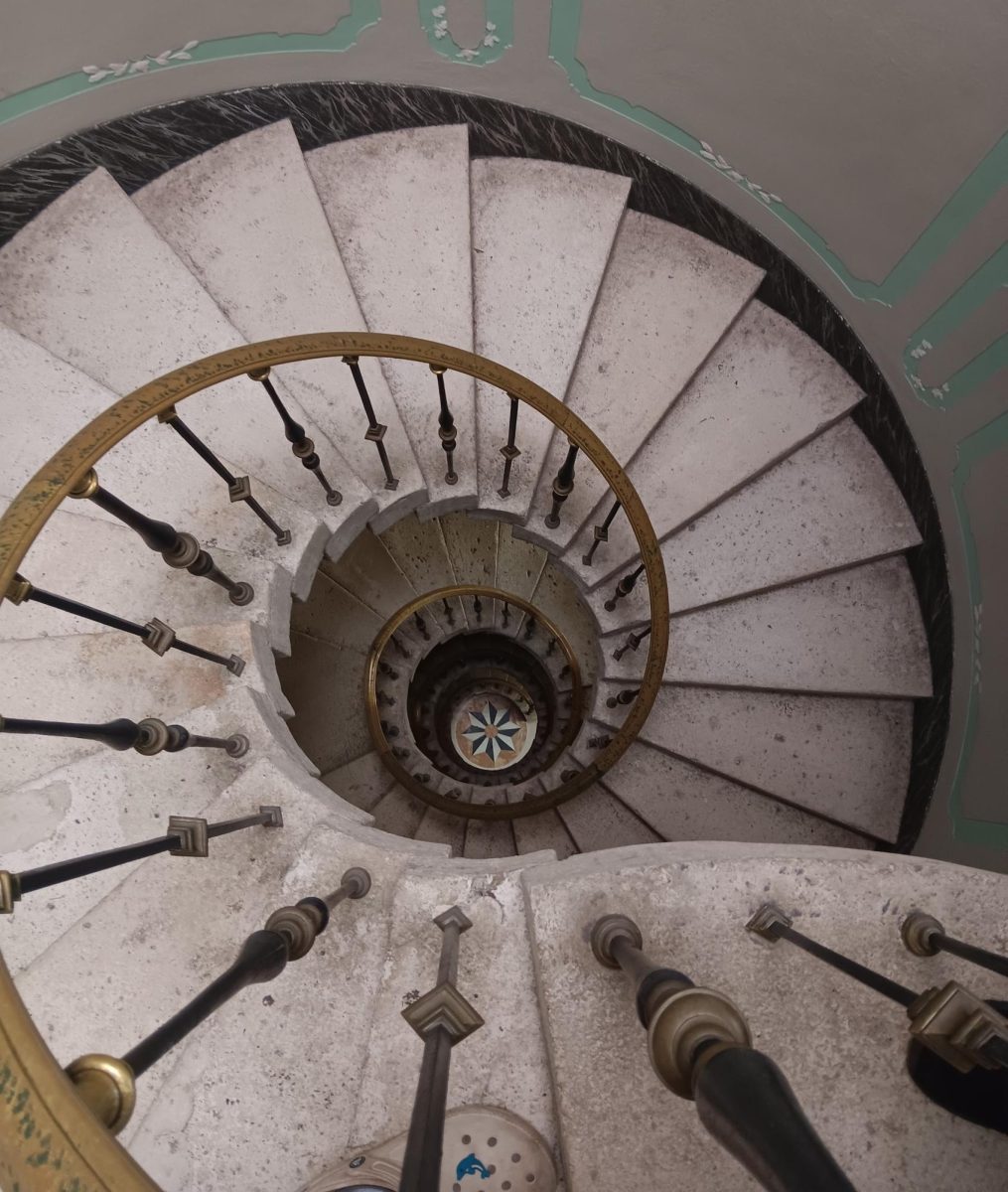The Panavia Tornadoes are a family of strike aircraft developed by Italy, Germany, and Great Britain. The first test flight for the Tornado GR1 was in 1974 and it entered service in 1982. It is a super sonic jet capable of going Mach 2.2 (1,452 MPH) at 30,000 and goes up to 50,000. It has two Turbo-Union RB199 turbofan engines with a range of up to 860 mi. The Tornadoes have variable wing sweep with a wingspan of 45 feet 8 inches when extended and 28 feet 2.5 inches when swept. It is 19 feet 6 inches tall and 54 feet 10 inches long. The Tornado is armed with 2 27mm Mauser bk-27 cannons firing between 1,000 and 1,700 rounds a minute despite only have 360 ammo (180 per gun). For bomb load it is capable of carrying a wide array of bombs and missiles both guided and unguided. The Tornado can be equipped for both ground attack missions and anti air missions though more commonly used for ground attack. It can even carry torpedoes in case a ship needs to be destroyed. The Tornado GR1 was used as a CAS (close air support) airframe but was eventually transitioned into the Tornado GR4 because of its high loss percentage. The GR4 was used as a medium altitude laser guiding bomber after trading out tradition bombs for laser guided ones. This allowed for safer flying conditions and more precise bombing.
Categories:
Panavia Tornadoes
A family of jets developed by three countries
0
Tags:






























